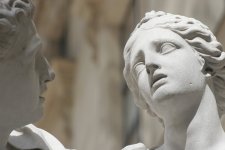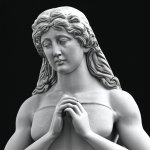Raymond Gorgone
New member
There is a long-forgotten realm of gods, myths, and religions I stumbled upon years ago, and have been independently researching ever since. We are all familiar with the geographical image we commonly refer to as the “boot of Italy.” What has been lost for centuries is the knowledge that the ancients knew of many such images and created stories telling of those image’s imagined interactions. Today, many of those stories survive as myths.
To explain my discoveries, I’ve created a video presentation, Geographical Images of the Gods. View my presentation and you will see the goddess Aphrodite riding her seashell, Zeus wielding his thunderbolt, Adam, and Eve in The Garden, and much, much more.
I am currently looking for imaginative people who might become interested in researching this long-forgotten realm with me. There is still much to be discovered, and I can’t do it all alone.
You can view my presentation, Geographical Images of the Gods, at geographicalimagesofthegods.org. Your questions and comments are welcome.
To explain my discoveries, I’ve created a video presentation, Geographical Images of the Gods. View my presentation and you will see the goddess Aphrodite riding her seashell, Zeus wielding his thunderbolt, Adam, and Eve in The Garden, and much, much more.
I am currently looking for imaginative people who might become interested in researching this long-forgotten realm with me. There is still much to be discovered, and I can’t do it all alone.
You can view my presentation, Geographical Images of the Gods, at geographicalimagesofthegods.org. Your questions and comments are welcome.




